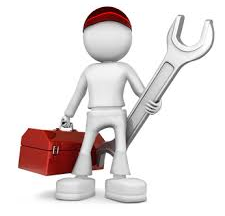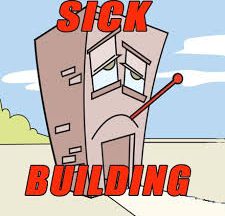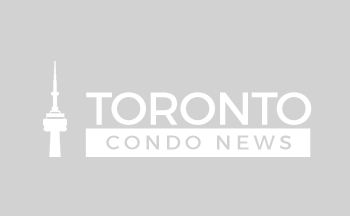 November 2020
November 2020
COVID has caused more anxiety than any other event of recent history.
The general consensus is that outdoor air is safer. As the weather cools it becomes harder to spend as much time outdoor. Keeping windows open in cold weather is a poor solution unless one is prepared to wear warmer clothing while indoor and pay the higher cost of utilities.
Making indoor air safer is a more sustainable approach. Depending on the space and current state of air quality systems, a number of air quality improvement solutions are available.
While the general consensus is that HVAC equipment does not facilitate COVID transmission, air conditioning systems can transfer viruses and bacteria. High-efficiency filters make systems safer by removing contaminants from the air before they reach people and lungs. High-efficiency particulate air (HEPA) filters, such as those used in medical facilities, can filter out more types of fungal, bacterial and viral particles.
Positive air pressure, ensuring more fresh air is entering than is being exhausted, is controlled by your HVAC system. You may notice it is harder to close the unit door to a higher air pressure hallway or a draft entering from beneath the door. Ensuring your building has more fresh air is one way of making it safer and healthier.
HEPA technology, small air recirculation systems for rooms or small spaces, can be used in common areas or any place where ducts transfer air. They quickly recirculate and filter air making it less likely for someone to become infected by someone else in the same space.
Ultraviolet (UV) lights have been used for years to sterilize air and can destroy COVID but with potential harmful effects on people including skin cancer and blindness. It can be effective at destroying the virus on surfaces when people are not present.
One way to tell if your building is not properly ventilating is odour. If you smell tobacco or cooking there is a good chance your building is not ventilating properly. Insufficient fresh air is being brought indoor or not enough air is being exhausted.
 Making indoor air safer is a sustainable approach to keeping people healthy easily embraced by any community.
Making indoor air safer is a sustainable approach to keeping people healthy easily embraced by any community.







